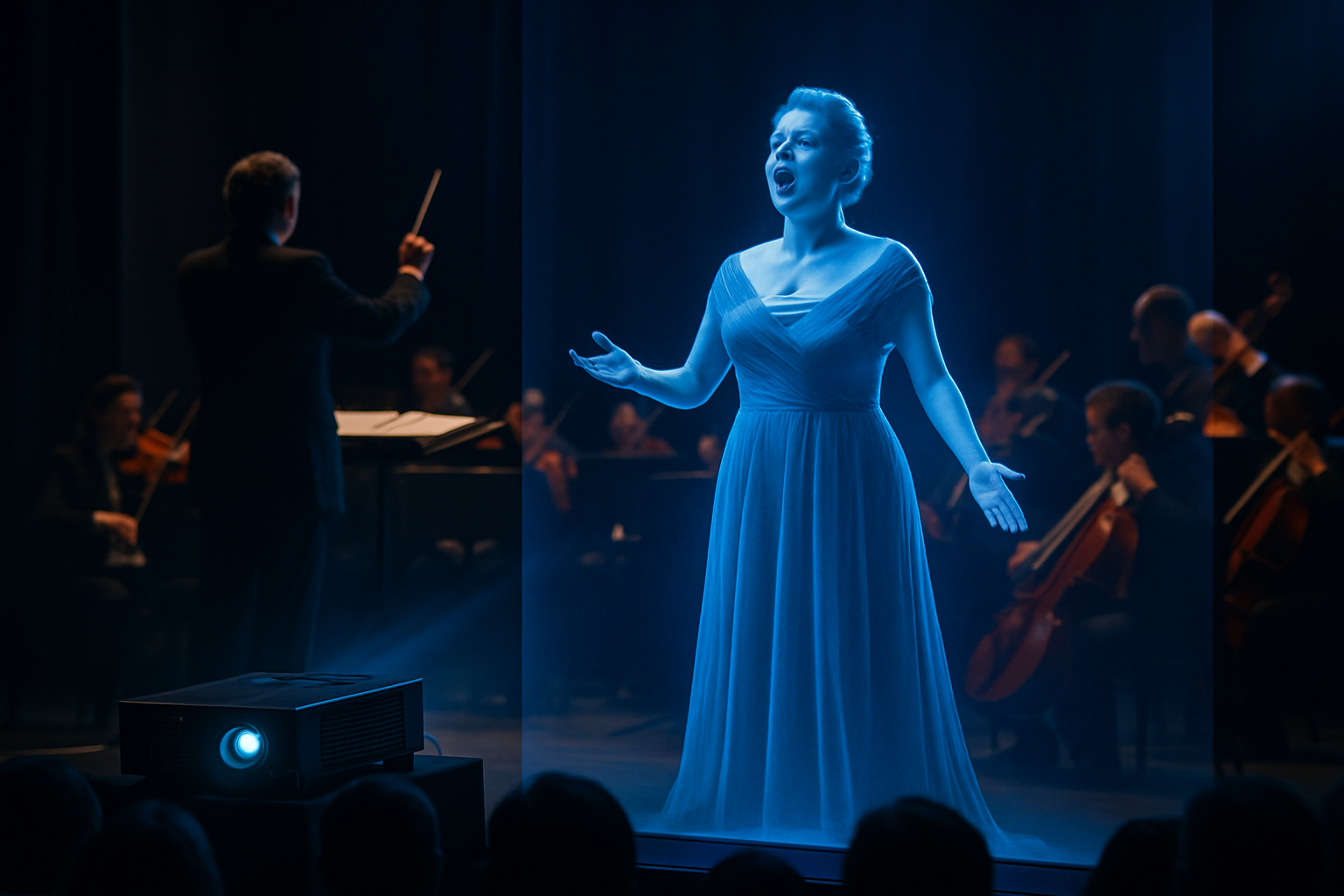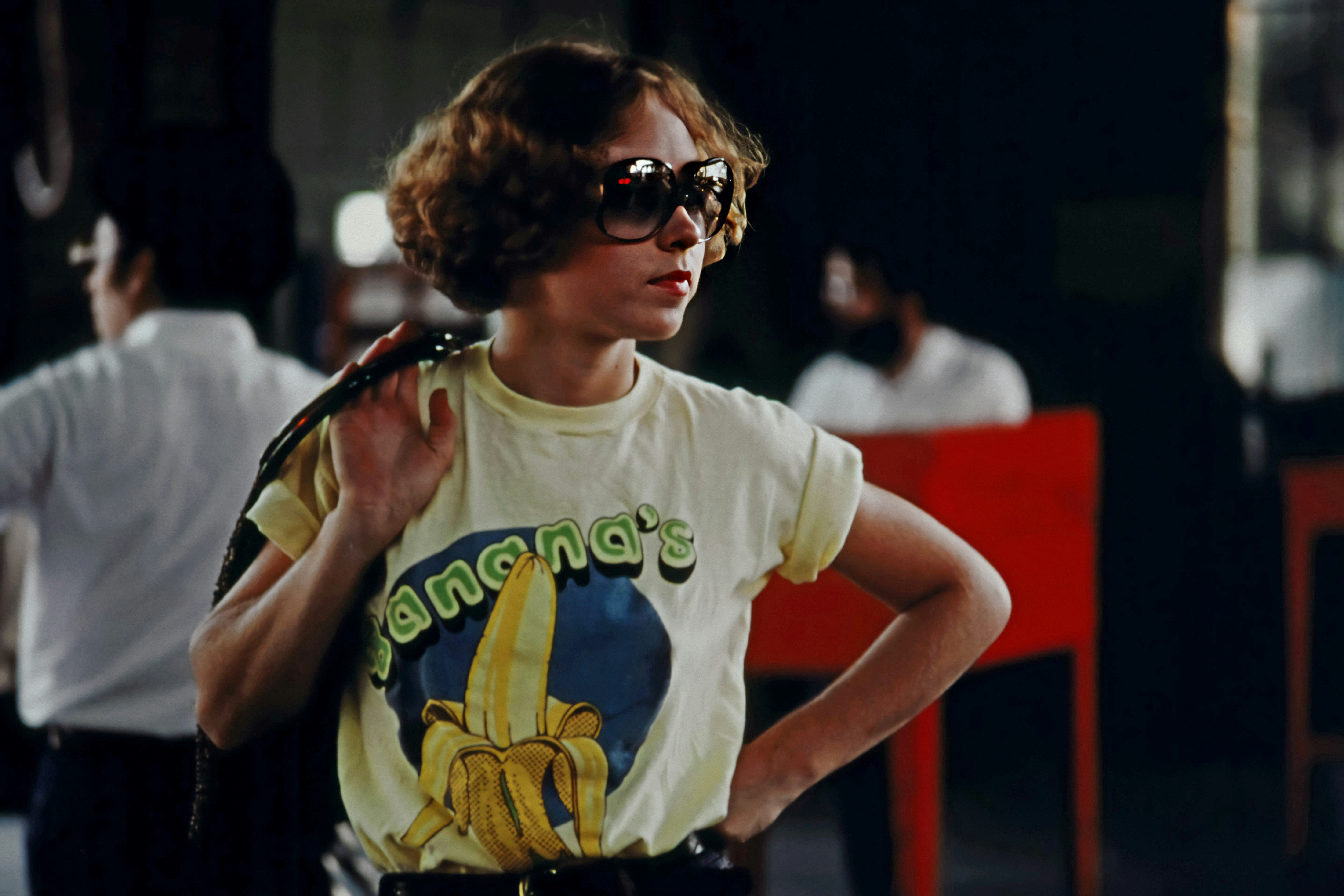Holographic Operas: A New Frontier in Performing Arts
The fusion of cutting-edge technology and classical performance art has given birth to a groundbreaking medium: holographic operas. This innovative approach to storytelling blends centuries-old musical traditions with state-of-the-art visual effects, creating an immersive experience that pushes the boundaries of theatrical presentation. As holographic technology continues to evolve, opera houses worldwide are exploring its potential to revolutionize their productions and attract new audiences.

Technological Marvels Behind the Curtain
At the heart of holographic operas lies a complex system of projectors, screens, and software. High-powered laser projectors work in tandem with specially designed transparent screens to create three-dimensional images that appear to float in mid-air. Advanced motion capture technology allows these holograms to interact seamlessly with live performers, creating a hybrid performance space where the physical and digital realms coexist.
Reimagining Classical Works
One of the most exciting aspects of holographic operas is their ability to breathe new life into classic productions. Works like Wagner’s Ring Cycle and Verdi’s Aida have been transformed through holographic staging, offering audiences fresh perspectives on familiar stories. Imagine Brünnhilde riding her horse through a sky of shimmering digital flames, or the grandeur of ancient Egypt rendered in breathtaking 3D detail.
Challenges and Controversies
Despite its potential, the integration of holographic technology into opera has not been without its challenges. Purists argue that such visual spectacles detract from the music and performances, while others worry about the high costs associated with implementing these systems. Technical glitches during live performances have also raised concerns about reliability, prompting ongoing debates about the balance between innovation and tradition in the opera world.
The Future of Holographic Performances
As technology continues to advance, the possibilities for holographic operas seem limitless. Some visionaries in the field are already exploring the potential for fully virtual productions, where audiences can experience operas from the comfort of their homes using VR headsets. Others are experimenting with interactive elements, allowing audience members to influence the visuals in real-time through their reactions or smartphone apps.
Cultural Impact and Global Reach
Holographic operas are not just changing the way we experience performances; they’re also broadening the art form’s appeal. By combining classical music with cutting-edge technology, opera companies are attracting younger, tech-savvy audiences who might otherwise have never set foot in an opera house. Furthermore, the ability to project performances to multiple locations simultaneously is breaking down geographical barriers, allowing opera to reach global audiences like never before.
Artistic Collaborations and New Creations
The advent of holographic technology has sparked unprecedented collaborations between opera composers, directors, and visual artists. New works are being created specifically with holographic staging in mind, pushing the boundaries of what’s possible in terms of narrative and visual storytelling. These collaborations are giving rise to a new genre of opera that seamlessly blends music, drama, and digital artistry.
Economic Implications for Opera Houses
While the initial investment in holographic technology can be substantial, many opera houses are finding that it pays off in the long run. Increased ticket sales, particularly among younger demographics, and the ability to broadcast performances to multiple venues simultaneously are creating new revenue streams. Additionally, the spectacle of holographic productions is attracting corporate sponsors and private donors eager to associate themselves with cutting-edge artistic innovation.
Training the Next Generation
As holographic operas become more prevalent, conservatories and music schools are adapting their curricula to prepare students for this new performance landscape. Courses in digital stagecraft, holographic design, and technologically enhanced performance are becoming increasingly common, ensuring that the next generation of opera professionals is equipped to push the boundaries of the art form even further.
In conclusion, holographic operas represent a thrilling convergence of art and technology, offering a glimpse into the future of live performance. As this medium continues to evolve, it promises to reshape our understanding of what opera can be, attracting new audiences while honoring the rich traditions of this centuries-old art form. Whether viewed as a revolutionary step forward or a controversial departure from tradition, there’s no denying that holographic operas are leaving an indelible mark on the world of performing arts.




